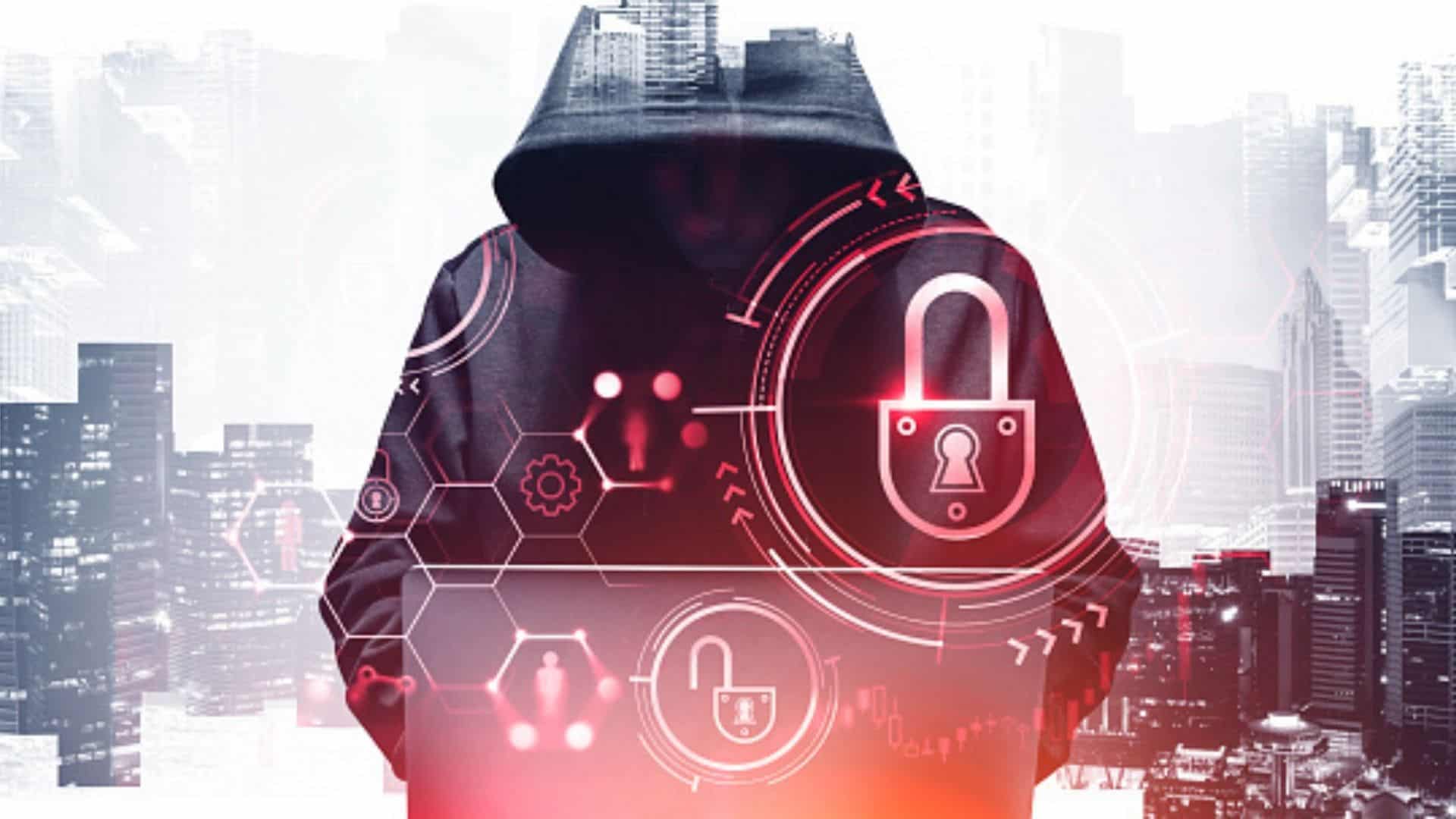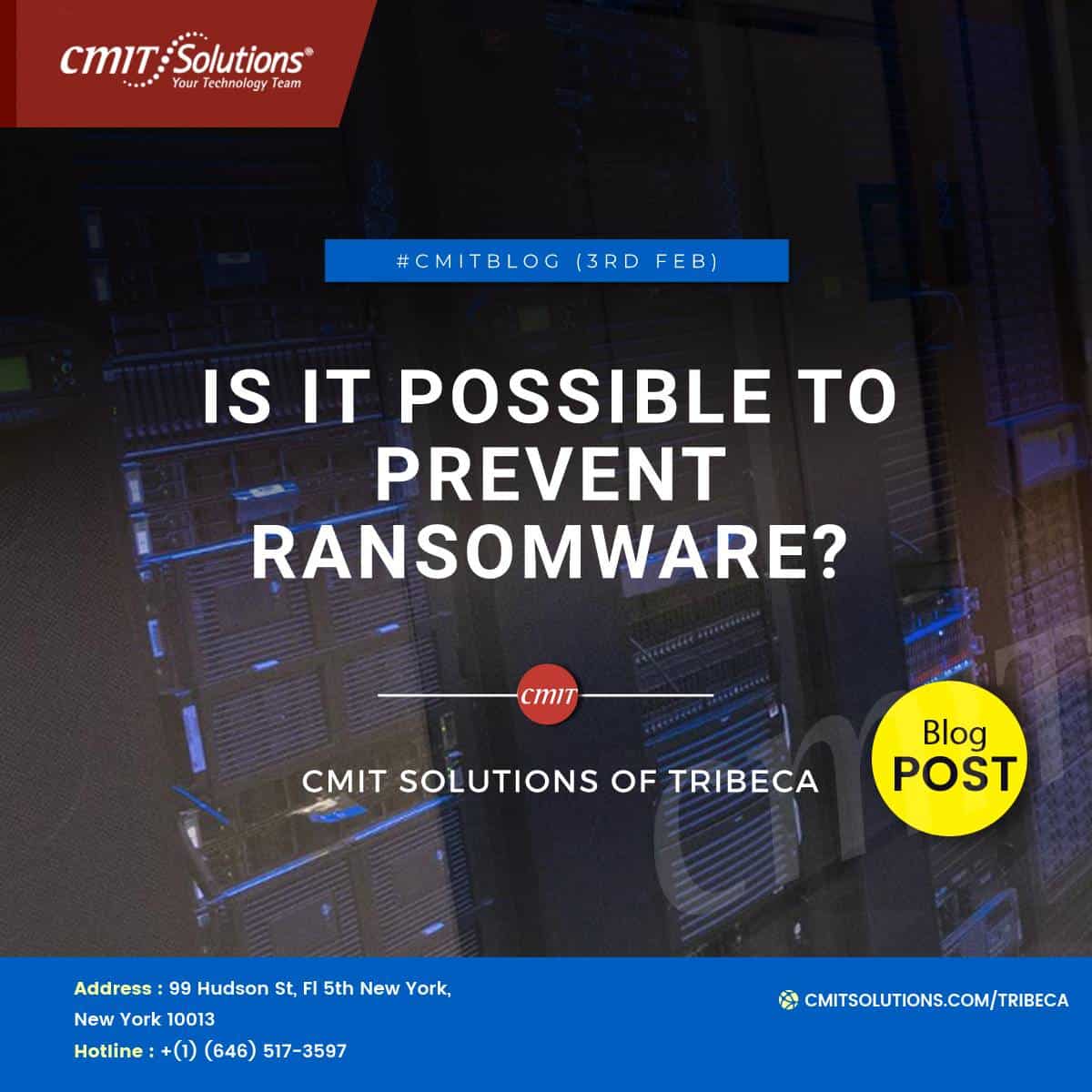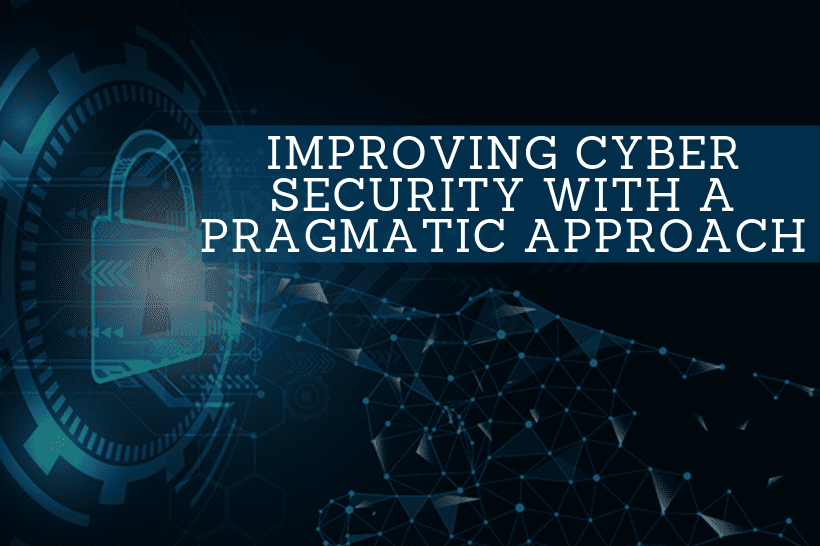Ransomware is gradually becoming one of the most well-known cyber-problems. The simplicity with which ransomware assaults may be launched, the rising attack surface as a result of rapid digitalization, and the anonymity provided by cryptocurrency payments to hackers have all contributed to the spread of this epidemic.
Are ransomware assaults preventable? And, if so, what are some precautions that firms may take to avoid ransomware? This blog delves into this and other topics.
What are ransomware attacks, and how do they work?
Various forms of malware may be used to launch ransomware attacks, which encrypt files and data on the victim’s computer until a ransom is paid. A ransomware virus may swiftly spread across a network, putting whole enterprises to a halt in minutes.
Given that ransomware attacks may prevent access to company data for days or weeks at a time, they can result in significant commercial loss and have far-reaching effects for an organization or its consumers, well beyond monetary loss.
Gas supplies on the East Coast of the United States were significantly hampered for about a week after the assault on the Colonial Pipeline, as we witnessed recently. Another heartbreaking example is a hospital in Alabama that was supposedly sued because a baby died at delivery because the facility was unable to provide necessary treatment due to a ransomware attack.
This was the first public lawsuit to point to a ransomware assault as a cause of death and medical malpractice.
These stories show how ransomware attacks may have far-reaching and life-changing consequences for organizations and individuals.
What is the overarching theme here? Businesses and governments must think about and invest in ransomware protection as quickly as possible.
One of the main focal areas of your Incident Response Plan should be ransomware. Furthermore, via Ransomware Tabletop Exercises, this strategy must be repeated over and over until it gets ingrained in the decision-makers’ memory.
What causes ransomware attacks?

The most typical kind of ransomware assault is a phishing attack. This might indicate that someone in the organization has opened a suspicious email and downloaded a malicious attachment. It’s also possible that someone unwittingly downloaded malware onto their laptop or mobile device after visiting an infected website.
Ransomware attacks are more likely in settings where end-user knowledge is poor and there is a lack of fundamental cybersecurity education and awareness. As a result, cyber event preparation and response training for all employees is now a must.
However, even when workers and/or executives are aware of cybersecurity hygiene and best practices, errors may still occur, allowing hackers to triumph.
Are you able to protect yourself against ransomware attacks?
We constantly tell our customers at CMIT Solutions to be prepared for a ransomware attack.
In the case of ransomware assaults, however, the scenario is somewhat different. As previously stated, human mistakes, careless online surfing, and weak passwords are the most common causes of ransomware outbreaks. In the instance of Colonial Pipeline, a single leaked password was all it took to hold the world’s biggest petroleum pipeline hostage.
It is feasible to prevent ransomware from blocking your data and locking you out of your own systems if an organization takes some simple efforts to educate its employees and implement proper cybersecurity policies.
What can you do to avoid becoming a victim of ransomware?

First and foremost, let’s be clear: no one in the world knows the secret code to completely evade ransomware assaults. Giants like Travelex and Colonial Pipeline would never have fallen victim to ransomware attacks and had to pay the ransom if they had.
However, there are several actions you can take to improve your readiness and response time in the event of a ransomware attack.
Here are some simple ransomware avoidance advice from experts who have assisted numerous multinational organizations in preparing for and responding to ransomware attacks:
- Take careful care of your privileged users: They must be taught how to utilize their privileged credentials as well as how to properly protect them. As we saw before, one exposed privileged credential is all it takes to cause havoc.
Privileged users must be made aware of their role in the organization’s broader cybersecurity strategy, especially in the case of ransomware attacks.
- Backups: Ask any cybersecurity expert, and they’ll tell you that data backups are essential for ransomware avoidance. The idea is straightforward: if you have excellent offline backups and can keep them from getting encrypted when ransomware strikes, you can swiftly restore your data and go back to work. When a hacker demands a ransom, you don’t have to pay, and that’s half the war won!
- Updates: This is another extremely fundamental step that many of us neglect to do. Security patches and frequent upgrades are required regardless of the operating system you use. You should also avoid utilizing operating systems that are no longer supported. When it comes to ransomware avoidance in your organization, these tactics just scratch the surface of what you can do.





